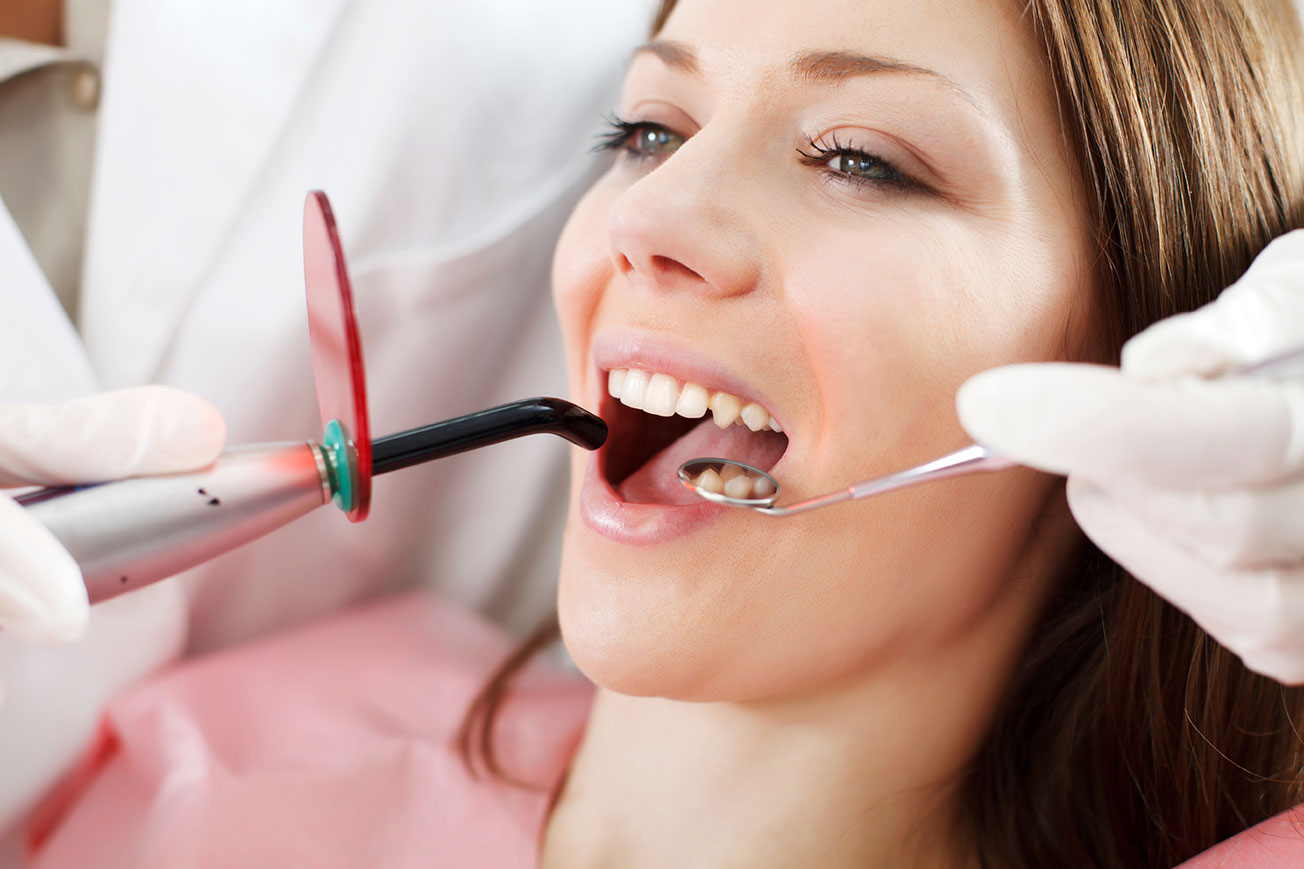Purpose
The American Academy of Pediatric Dentistry (AAPD) recog- nizes the judicious use of
dental laser tips as a beneficial instrument in providing dental restorative and soft tissue procedures for in- fants, children, and adolescents, including those with special health care needs. This policy is intended to inform and edu- cate dental professionals on the fundamentals, types, diagnostic and clinical applications, benefits, and limitations of laser use in pediatric dentistry.
Methods
This policy is based on a review of current dental and medical literature related to the use of
surgical lasers fibers. This document included database searches using key terms: laser dentistry, dental lasers, laser pediatric dentistry, laser soft tissue treatments, and laser restorative dentistry. Articles were evaluated by title and/or abstract and relevance to pediatric dental care. Twenty-six citations were chosen from this method and from references within selected articles. When data did not appear sufficient or were inconclusive, recommendations were based upon expert and/or consensus opinion by experienced researchers and clinicians.

Background
Medicine began integrating lasers in the mid 1970’s for soft tissue procedures.1 Oral and maxillofacial surgeons incor- porated the carbon dioxide (CO2) laser into practice for removal of oral lesions in the 1980s.2,3 The first laser specifically for dental use was a neodymium-yttrium-aluminum-garnet (Nd:YAG) laser, developed in 1987 and approved by the Food and Drug Administration in 1990.1,4 The term laser is an acronym for light amplification by stimulated emission of radiation. Within a laser, an active medium is stimulated to produce photons of energy that are delivered in a beam with an exact wavelength unique to that medium.5 Lasers typically are classified by the active medium that is used to create the energy. The energy radiated by the laser is basically a light of one color (monochromatic) and thus a single wavelength.5 Oral hard and soft tissues have a distinct affinity for absorbing laser energy of a specific wavelength. The wavelength of a dental laser is the determining factor of the level to which the laser energy is absorbed by the intended tissue. Target or identified tissues differ in t1heir affinity for specific wavelengths of laser energy.1,5-7 For this reason, select- ing a specific laser depends on the target tissue the practitioner wishes to treat. The primary effect of a laser within target tissues is photothermal.1,8 When the target tissue containing water is raised above 100 degrees centrigade, vaporization of the water occurs, resulting in soft tissue ablation.1 Since soft tissue is made up of a high percentage of water, excision of soft tissue initiates at this temperature. Hard tissue com- posed of hydroxyapatite crystals and minerals are not ablated at this temperature, but the water component is vaporized, the resulting steam expands and then disperses the encom- passing material into small particles.1,7 Various types of lasers have been used in dentistry. The CO2 laser is well absorbed by water, and therefore effective in incising, excising, and coagulating soft tissue.1,9 The CO2 is primarily a soft tissue laser, as its wavelength is poorly ab- sorbed by hydroxyapatite.10 The diode laser contains a solid active medium and is composed of semiconductor crystals of aluminum or iridium, gallium, and arsenic.1,10 This laser effectively is absorbed by pigmented tissues and has a good depth of penetration. The diode laser is relatively unable to be absorbed by hard tissue. For this reason, soft tissue surgery can be completed safely without affecting adjacent hard tissue structures.1,9,10 The Nd:YAG laser consists of neodymium ions and crystal of yttrium, aluminum, and garnet.6 This laser energy is absorbed well by pigmented tissues and only min- imally absorbed by hard tissue.1 Soft tissue surgery can be completed adjacent to the tooth accurately and safely.10,11 Pigmented surface carious lesions can be removed without affecting healthy tooth structure.12,13 The Nd:YAG wave- lengths are absorbed by hemoglobin and are effective in coagulation and hemostasis during soft tissue procedures.1,11 Erbium lasers consist of two separate wavelengths. The Er:YAG consists of erbium ions and a solid active medium of crystals of yttrium, aluminum, and garnet; the Er,Cr:YSGG contains erbium, chromium ions, and a crystal of yttrium, scandium, gallium, and garnet.1,14 In addition to facilitating soft tissue procedures, the erbium lasers effectively can remove caries and prepare enamel, dentin, cementum, and bone.
Diagnostic applications
Laser fluorescence (LF) can be used as an additional tool combined with conventional methods for detection of occlusal caries.
dental laser handpiece16 The portable diode laser-based system interprets the emitted fluorescence on the occlusal surface which correlates with the extent of demineralization in the tooth.7,11 Laser digital readings can indicate the proportional amount of caries present. LF may be used as a complementary instrument when diagnosing occlusal caries in cases of questionable findings after visual inspection.7,16 LF caries detection is not recom- mended under dental resins or sealants due to a high prob- ability of unreliable readings as a result of the intrinsic fluorescence from the sealant material.
Soft tissue clinical applications
Dental lasers have been used for numerous clinical soft tissue procedures in pediatric dentistry. Clinical applications include maxillary and lingual frenectomies, operculectomies, exposure of teeth for orthodontic purposes, gingival contouring/ gingivectomies, removal of mucosal lesions and biopsies, and treatment of aphthous ulcers and herpetic lesions.7,9,11 CO2, diode, and Nd:YAG lasers all have the capability of effectively incising tissue, coagulating and contouring tissues.7,9 Erbium lasers also have the capability of providing soft tissue proce- dures; however, the hemostatic ability of these wavelengths is not as effective as CO2, diode, and Nd:YAG wavelengths.
Hard tissue clinical applications
The Nd:YAG, Er:YAG, and Er,Cr:YSGG lasers have all been used successfully for removal of caries and preparation of teeth for restorative procedures in children and adolescents.11,14-16 Lasers also have been used effectively for indirect and direct pulp capping treatments.15,16 The erbium lasers are the pre- dominant lasers used for hard tissue procedures.11,14,15 Dental lasers have been utilized for endodontic procedures such as primary tooth pulpotomies and root canal disinfection.11,14-16 Success rates of laser pulpotomies have been comparable to those of formocresol pulpotomies.

